Classification of motor stator windings and introduction of 7 stator winding methods!
The structure of the motor winding is mainly divided into the following types:
1. Distinguish the magnetic poles formed by the stator windings
The stator winding forms the relationship between the actual number of magnetic poles according to the number of magnetic poles of the motor and the distribution of the windings, which can be divided into two types: dominant type and consequential pole type.
1. Dominant pole winding
In the dominant type winding, each (group) of coils forms a magnetic pole, and the number of coils (groups) of the winding is equal to the number of magnetic poles.
In the dominant winding, in order to keep the polarities N and S of the magnetic poles apart from each other, the current directions in the adjacent two coils (groups) must be opposite, that is, the connection mode of the two adjacent coils (groups) must be at the end The tail end is connected to the head end, and the head end is connected to the head end (electrical terminology is "tail connection tail, head joint"), that is, reverse connection in series.
2. Consequential pole winding
In the consequential-pole winding, each (group) coil forms two magnetic poles, and the number of coils (groups) of the winding is half the number of magnetic poles, because the other half of the magnetic poles are formed by the magnetic field lines of the coils (groups) that generate the magnetic poles.
In the consequential-pole winding, the polarities of the magnetic poles formed by each coil (group) are the same, so the current direction in all coils (groups) is the same, that is, the connection method of two adjacent coils (groups) should be The tail end is connected to the head end (the electrical term is "tail joint"), that is, the serial connection method.
2. Distinguish by the shape of the stator winding and the way of embedded wiring
The stator winding can be divided into two types: centralized and distributed according to the shape of coil winding and the way of embedded wiring.
1. Concentrated winding
Concentrated windings generally consist of only one or several rectangular frame coils. After winding, it is wrapped and shaped with gauze tape, and then embedded in the iron core of the convex magnetic pole after being dipped in paint and dried. This winding is used in the excitation coil of DC motors, general motors, and the main pole windings of single-phase shaded-pole motors.
2. Distributed winding
The stator of the motor with distributed winding has no salient pole palm, and each magnetic pole is composed of one or several coils embedded and wired according to a certain rule to form a coil group. According to the different forms of embedded wiring arrangements, distributed windings can be divided into two types: concentric and stacked.
(1) Concentric winding
Concentric windings are several rectangular coils of different sizes in the same coil group, which are embedded one by one according to the same center position and arranged in a back-shaped type. Concentric windings are divided into single-layer and multi-layer. Generally, the stator windings of single-phase motors and some low-power three-phase asynchronous motors adopt this type.
(2) Laminated winding
Laminated winding is a type in which all coils have the same shape and size (except for single and double coils), each slot is embedded with one coil side, and the outer ends of the slots are overlapped and evenly distributed one by one. Laminated windings are divided into single-layer stacked and double-layered windings. The single-layer stacked winding, or single-stacked winding, is embedded with only one coil side in each slot; the double-layered winding, or double-layered winding, is embedded with two coil sides (divided into upper and lower layers) of different coil groups embedded in each slot. stacked windings. Due to the change of the embedded wiring method, the stacked winding can be divided into single and double-turn cross wiring arrangement and single and double-layer mixed wiring arrangement; in addition, the embedded shape from the winding end is called chain winding, basket winding, In fact, they are all stacked windings. Generally, the stator windings of three-phase asynchronous motors are mostly stacked windings.
3. Rotor winding
Rotor windings are basically divided into two types: squirrel cage type and wound type. The squirrel-cage structure is relatively simple, and its windings used to be inlaid copper bars, but most of them are cast aluminum at present. The special double squirrel-cage rotor has two sets of squirrel-cage bars. The wound rotor winding is the same as the stator winding, and it is also split with another wave type winding. The shape of the wave winding is similar to that of the stacked winding, but the wiring method is different. Its basic component is not the entire coil, but a single-turn unit coil, which needs to be welded into coil groups one by one after being embedded. Wave windings are generally used in the rotor windings of large AC motors or the armature windings of medium and large DC motors.
4. Various stator winding methods











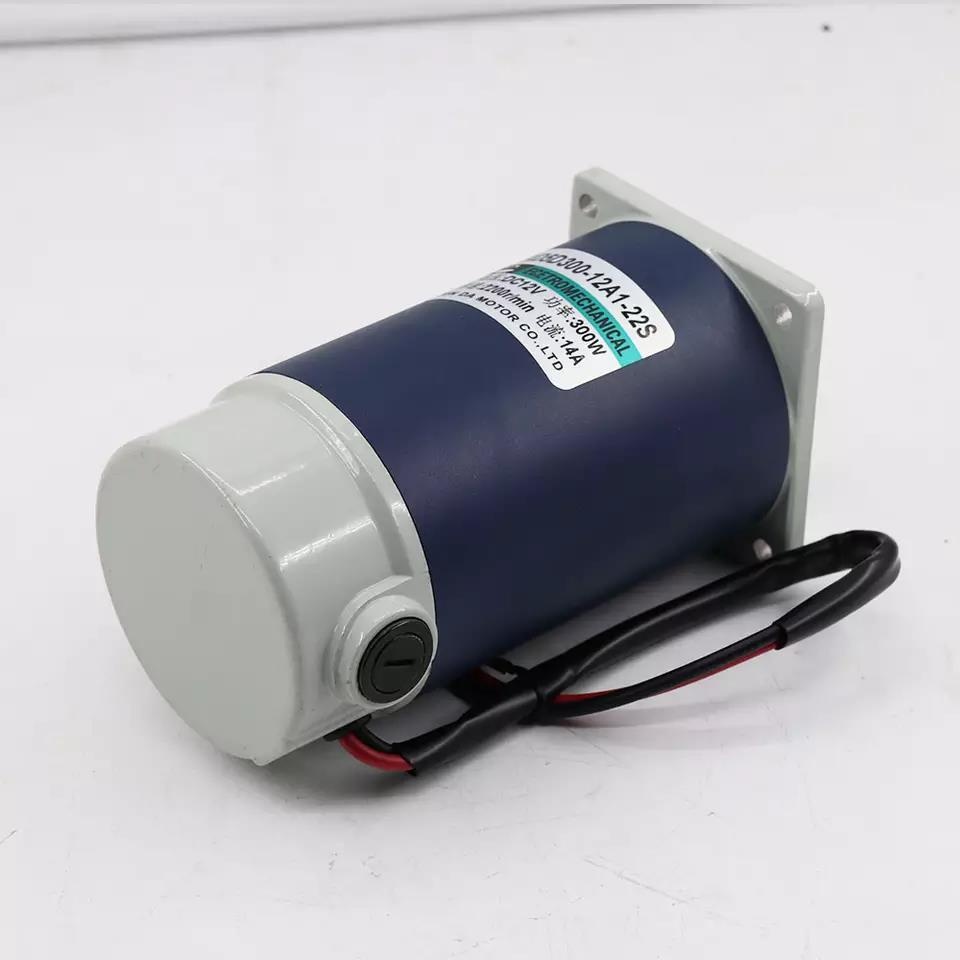


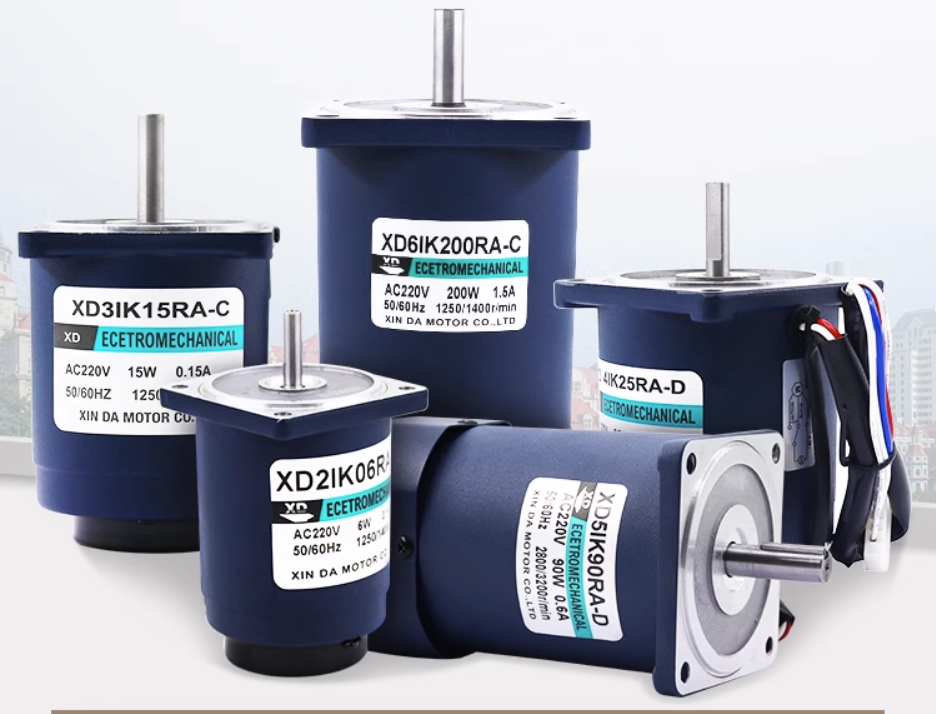


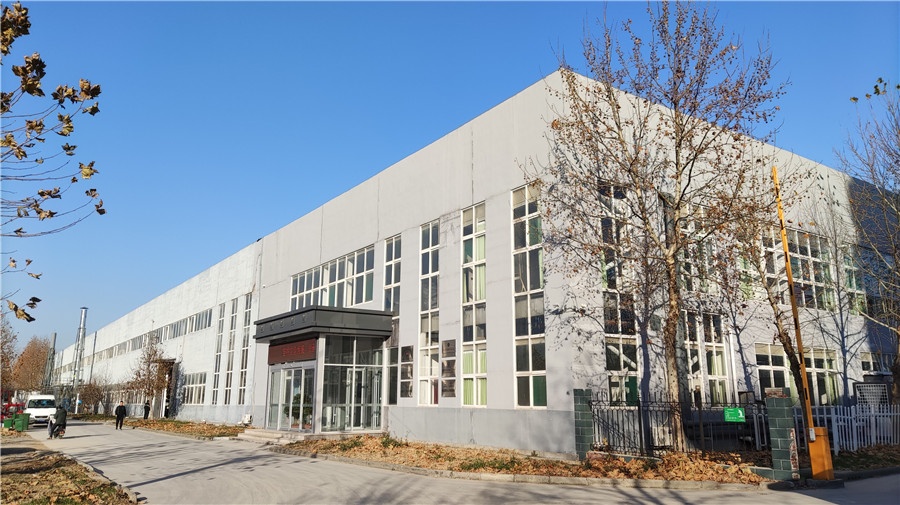
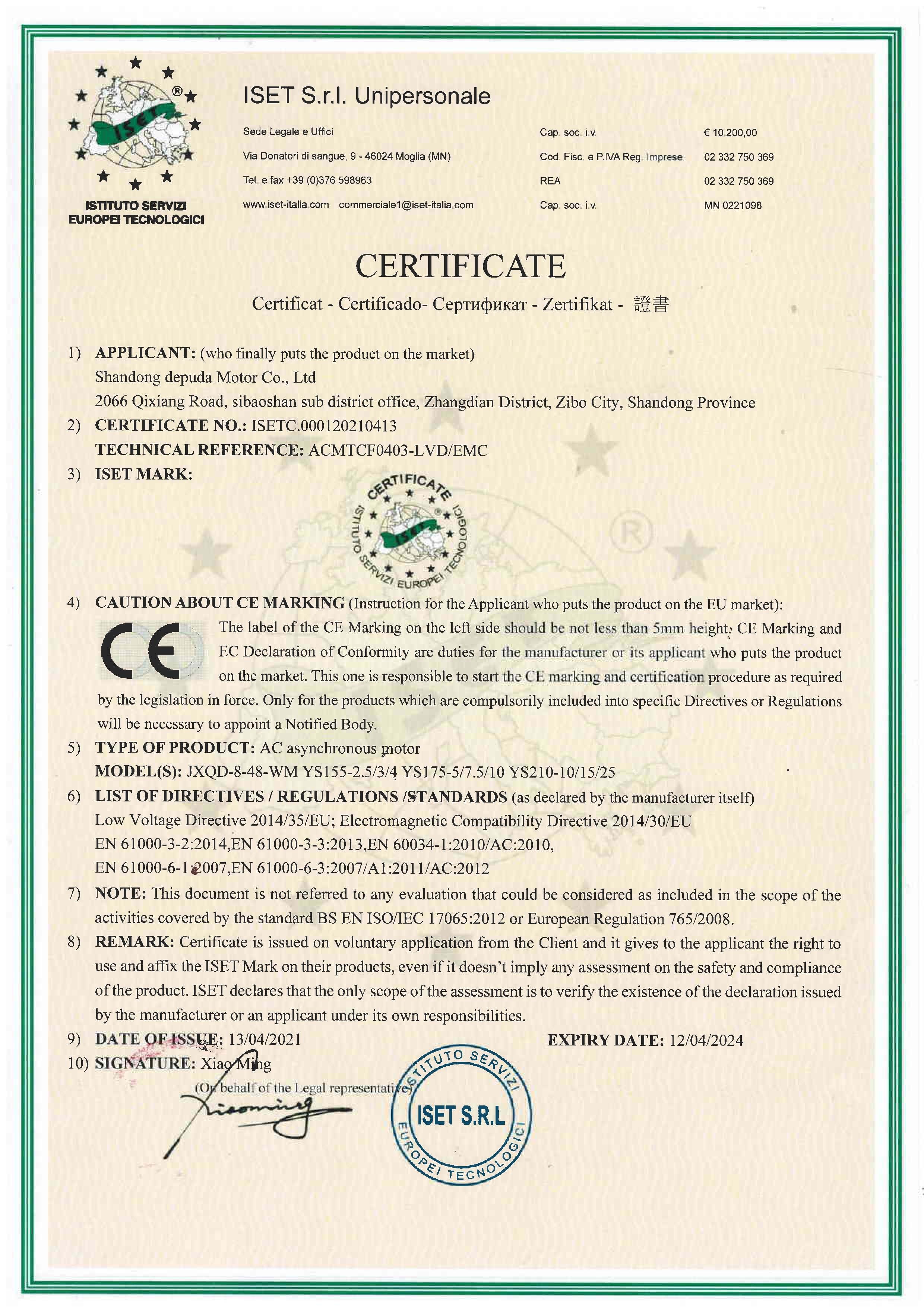
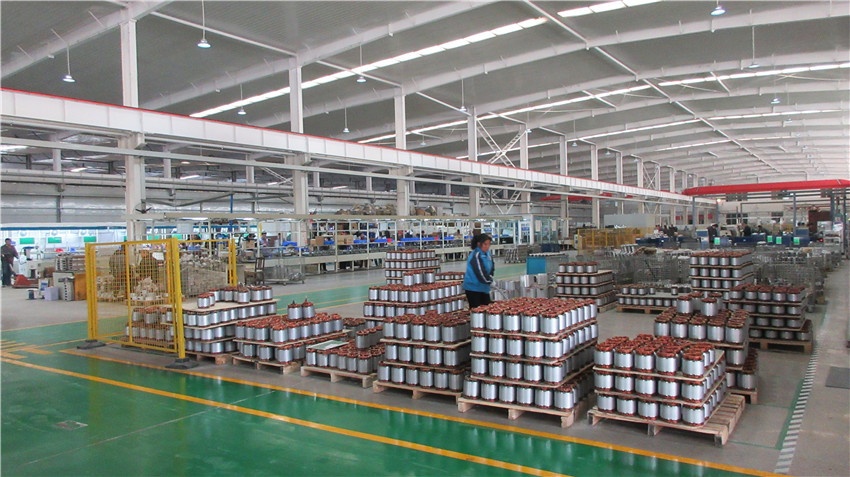
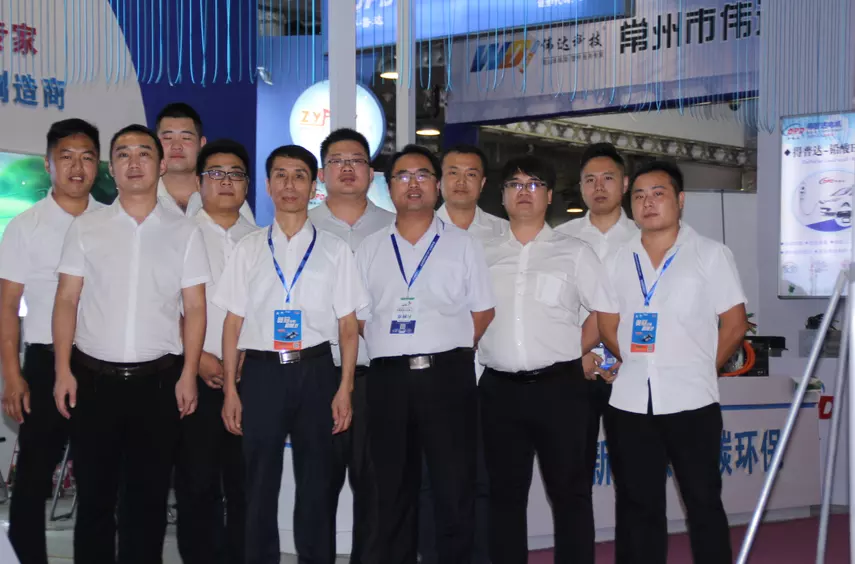


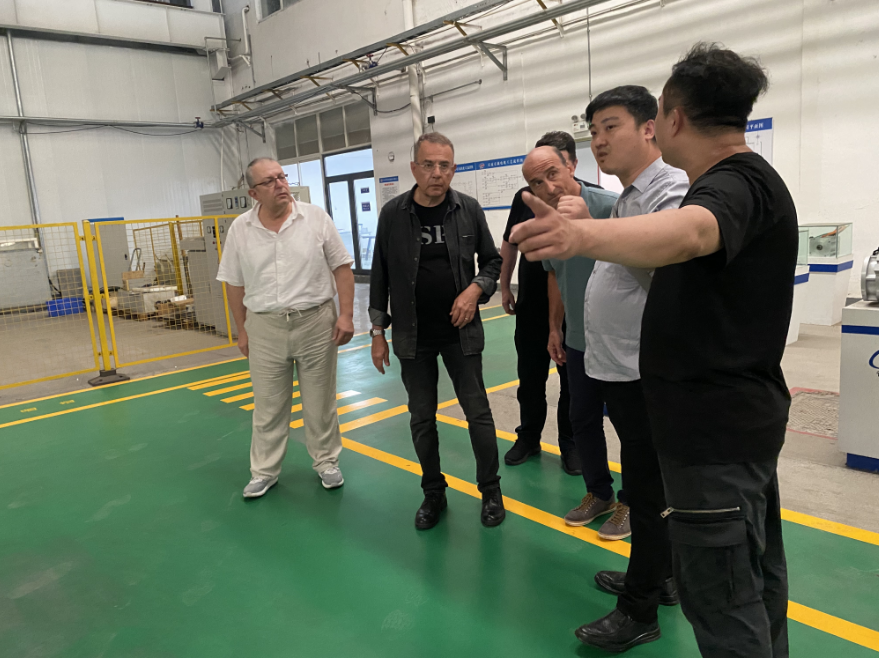
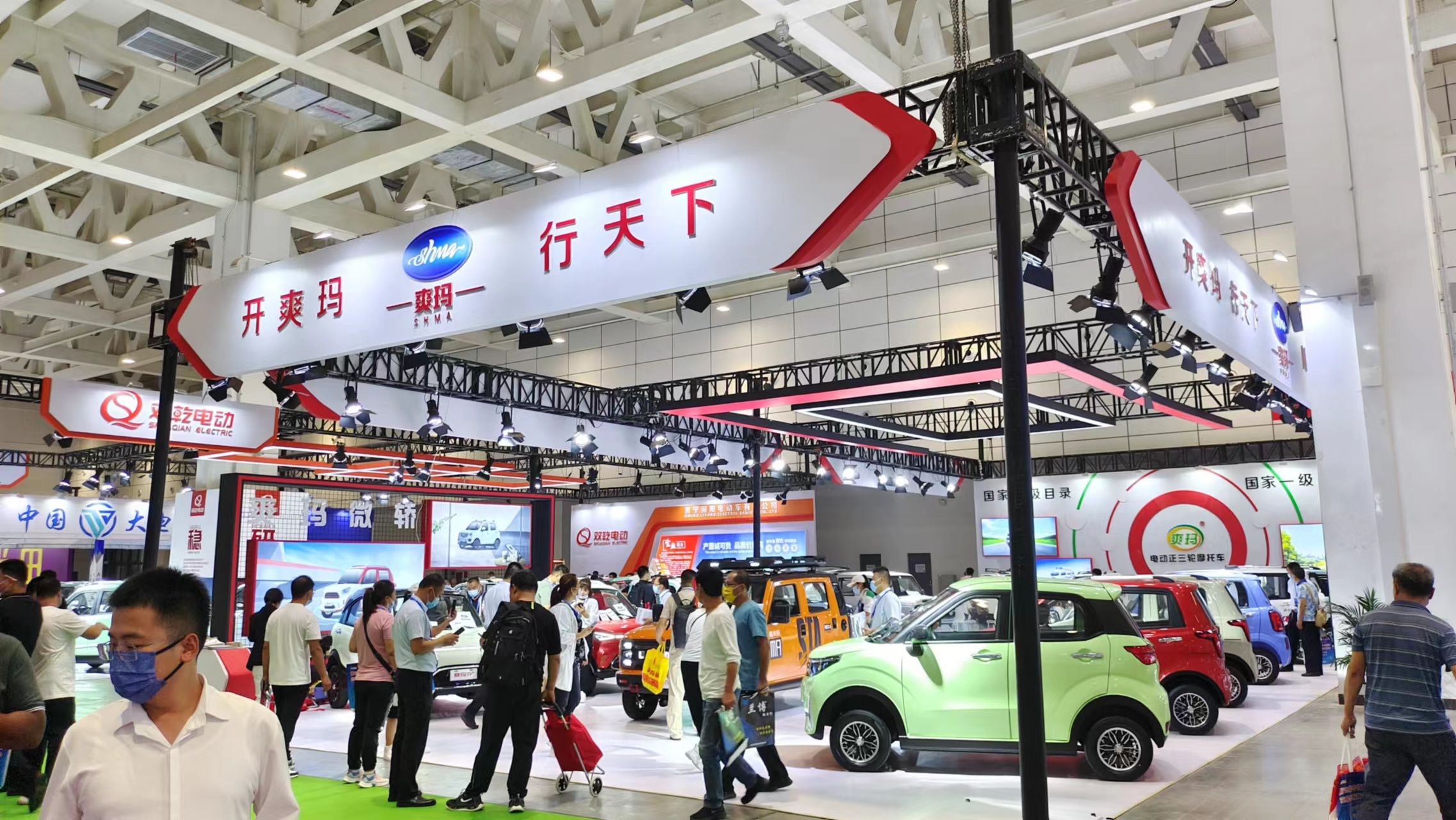


 XINDA
XINDA